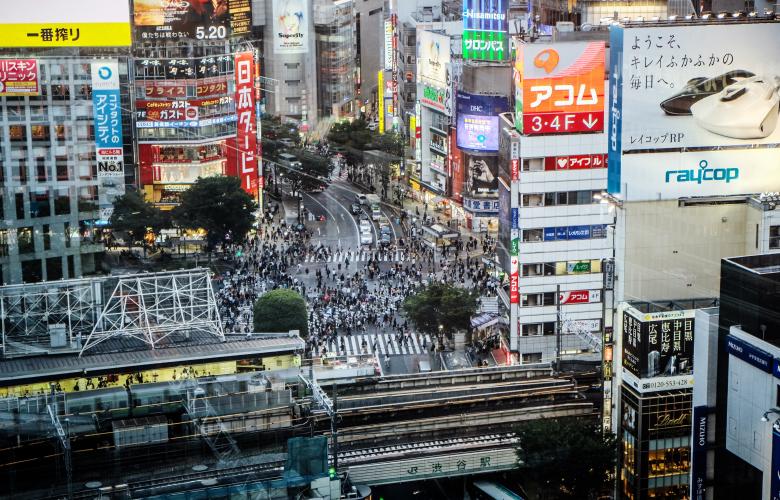Japan's Society 5.0 to drive innovation and combat social challenges, says JLL
Contact
Japan's Society 5.0 to drive innovation and combat social challenges, says JLL
Nearly three years after it was first introduced, Japan's Society 5.0 concept is helping to shape the nation's future, according to JLL.
An ageing society and a shrinking workplace population have contributed to the next stage of human evolution within Japan, according to JLL.
Based on a data-driven model, the country's Society 5.0 concept follows Society 1.0 (hunter-gatherer), Society 2.0 (agricultural), Society 3.0 (industrialized), and Society 4.0 (information).
The Japanese Government introduced Society 5.0 in 2016 to drive development and solve social issues stemming from an ageing population and a tight labour market.
At a glance:
- Japan Society 5.0 follows on from Society 4.0 (information)
- The concept includes the use of drones, as well as an increased role for robots in the hard labour and aged care sectors.
- It is hoped the concept will help combat social issues in the country.
According to the government, Society 5.0 will include the use of drones for delivering goods, surveying property, and supporting disaster relief.
There will also be home appliances embedded with artificial intelligence, as well as an increased role for robots in the aged care and labour sectors.

Drone technology will be used as part of Japan's Society 5.0. Source: Photo by Jared Brashier on Unsplash
JLL research manager Naoko Iwanaga said the fourth industrial revolution would be central to the transformation.
"To realise Society 5.0, innovations from the Fourth Industrial Revolution (robots, IoT, big data and artificial intelligence) and their application to various economic sectors is critical," she said.
"Japan’s advantage here lies in the ample resources of advanced technology held by corporations, R&D investment, a professional workforce, and real data collected in industries such as medicine."
Innovation within Japan's capital was recognised last year, as Tokyo beat New York and London to be named most innovative city by data provider 2thinknow.
It comes after Japan's budget for science and innovation increased from about 3.6 trillion yen in 2017 to 3.8 trillion yen in 2018, before hitting 4.2 trillion yen for the coming year (United Nations Educational, Scientific, and Cultural Organisation).
The government has also attempted to address obstacles identified by Japan’s Cabinet Office’s Council for Science, Technology and Innovation, which include a lack of skilled IT professionals and R&D start-ups, a rigid socioeconomic structure, and lack of globalisation.
Ms Iwanaga said globalisation was known for attracting greater investment.
"The world’s most globalised cities attract more than 20% of total direct real estate investment volumes, according to JLL Research," she said.
"Investors are most interested in innovative cities with the strongest potential to future-proof itself and its assets."
Source: JLL, UNESCO
Similar to this:
2020 Olympic designs: Past, present and powerful










